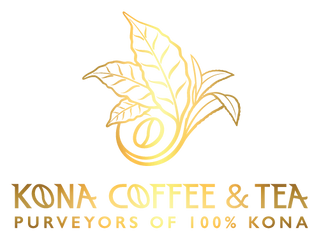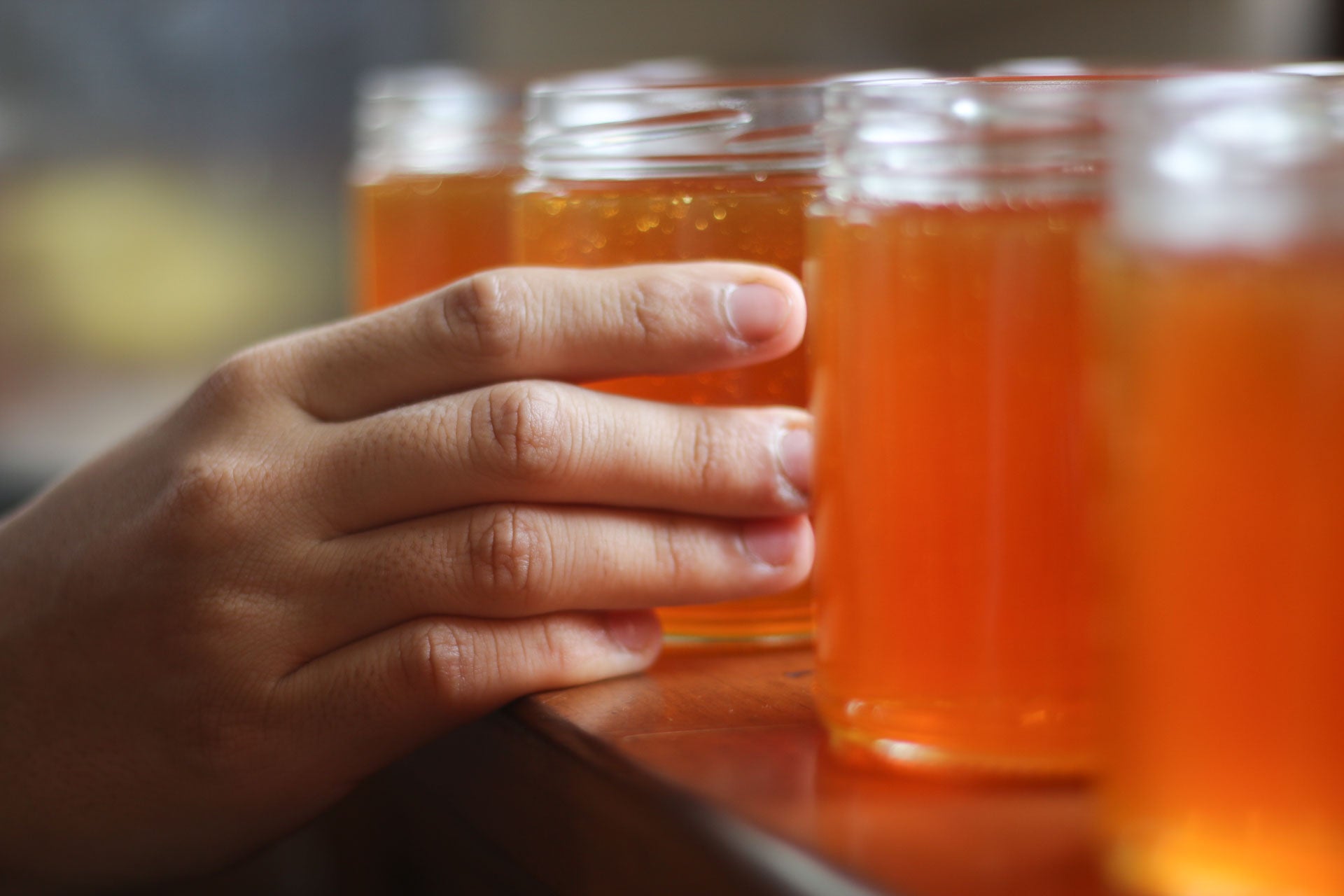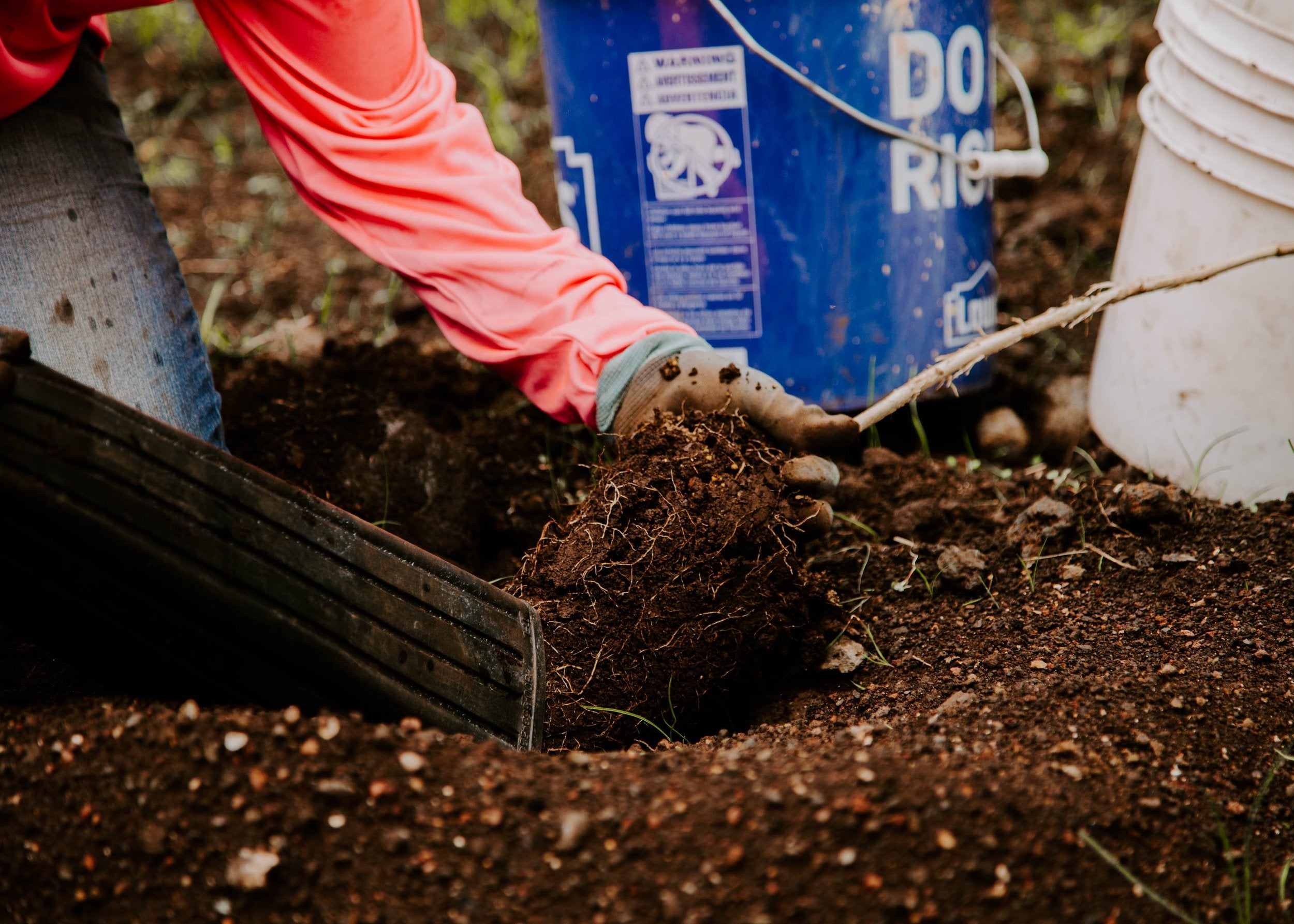Bees...Nature's Own Caretaker
I was quite wary when I first heard that we were going to be right in the middle of the beehives. My normal work with Kona Coffee & Tea as a barista usually doesn’t require protective gear. I was here at the Kona Coffee & Tea farm to witness where the honey we use and sell in the café comes from. It was quite the eye-opening experience, seeing the hundreds of bees flying in every direction, feeling them crawl over you, hoping that they don’t give their life; they sting only to try to protect the honeycombs.
It astonishes me how such small creatures can be so exquisite. They are an essential part of life, for bees not only pollinate flowers, but also one third of the crops that we consume daily.
Standing alongside me garbed in a matching personal tent of mesh and thick sting-proof gloves was Malia Bolton, Kona Coffee & Tea’s Director of Operations. As we stood there in a cloud of bees, she explained that “We partnered with these beekeepers adding hives to the farm to keep our coffee healthy. The presence of the bees not only helps to promote flourishing coffee trees, but also gives us some delicious honey in the process.”
Here at the Kona Coffee & Tea farm, hundreds of acres of coffee is grown on the slopes of Hualalai, located on the Big Island of Hawaii. The fragrant white Kona Coffee blossoms known as “Kona Snow” only cover the slopes of Hualalai for a few months in the springtime. During that time the bees, whose hives have been placed sporadically around the farm, collect their bounty and produce an amazing one-of-a-kind raw honey. The Kona Snow honey is harvested exclusively during the months where the fields are at full bloom.
Coffee trees all throughout the Kona Coffee Belt start to bloom around February every year. The small white flowers are very aromatic and have a scent similar to that of Jasmine. They stay on the tree for approximately 4 weeks before they fall off and a small green coffee cherry starts to develop.
PHOTO: Chance Punahele Photography
Collecting the honeycombs is quite a tedious process. As soon as we arrived they were beginning to smoke out the bees, which doesn’t hurt them, but irritates them and puts them to sleep. Next, the beekeepers take out the honeycombs and shake out the remaining bees to take the honeycombs to another facility for processing. However, shaking these combs is no easy task, for each one weighs an average of 50 pounds. By using hives with removable combs, the population of bees are able to maintain their community.
This honey harvest was led by beekeeper Rustin Travis. Rustin told us that his team takes care of bee colonies throughout Kona and the hives here are some of the healthiest he’s seen. He thinks this may be due to the isolated location, verdant coffee trees, as well as the wild forest surrounding the farm. Part of his team’s purpose is also to raise queen bees to help restore suffering bee populations worldwide.
Here’s what I learned about bees from our beekeepers:
Like dogs, bees also see everyday life in black and white, and will be drawn toward darker colors.
There are three class systems when it comes to the hive as a community.
The Queen Bee whose sole purpose is to lay eggs.
The Worker Bees which are all females whose purpose it is to collect pollen and nectar and bring it back to the hive as food for the entire colony.
All the Male Bees are called “Drones”, and their sole purpose is to mate with the Queen so that she can lay more eggs.
This barehanded beekeeper is pretty brave. PHOTO: Chance Punahele Photography
Towards the end of the day as we were wrapping up, it started to feel surreal - being in the middle of all the bees - that I almost didn't want to leave. Honey bees are quite harmless unless they feel attacked. Only if provoked, they will retaliate.
PHOTO: Chance Punahele Photography
If you’re interested in being around beehives in the future but are hesitant, I strongly urge you to push through that uneasiness. It will be an experience you won’t forget! You can also just stick to enjoying the honey.
CONTRIBUTOR: Andrew Akins
Nickname: Andy
GO-TO-DRINK: Espresso over ice- It's basic, and gets the job done.
Growing up I never liked drinking coffee. The only coffee shop experience I had was from visiting my sister at work where she was a barista, she was in the coffee industry for 12 years. My favorite memories are when I would get to visit her and have cinnamon rolls, from time to time. My sister has been a big influence on my life and is the reason I wanted to work at Kona Coffee & Tea company. Although when I first joined the amazing crew back in 2015 I knew nothing about the coffee business, I was going in completely blind. The team here at Kona Coffee & Tea Company has changed quite a bit, but at the end of the day they feel like family to me. I am blessed to be able to work at such a great company.


















